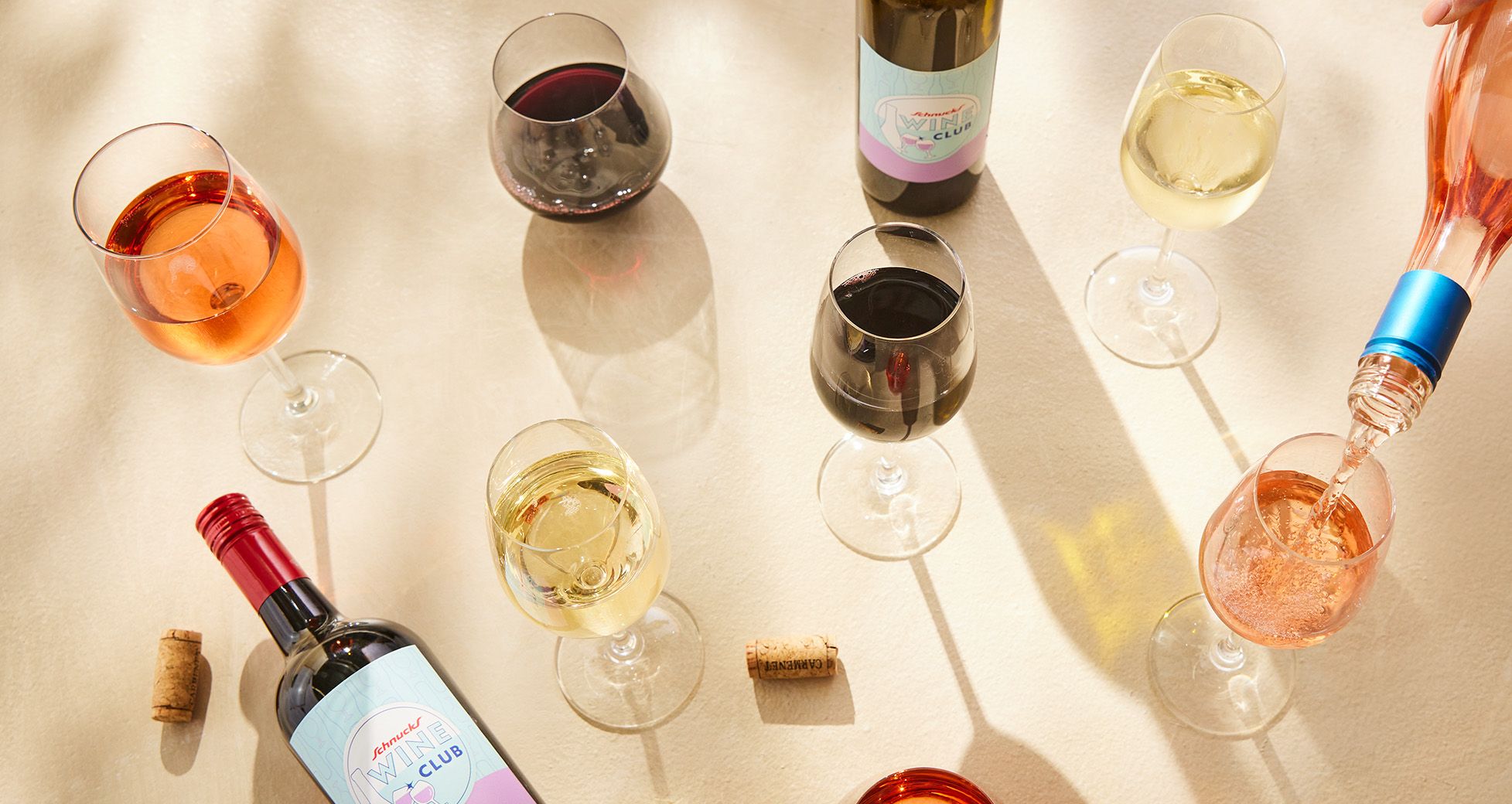A wine tasting is a great way to explore and discover your taste in wine! Can you tell the difference between a $10 bottle of wine and a $100 bottle of wine? Do you prefer an oaked or unoaked Chardonnay?
Tastings allow you to compare wines so you can learn more about different varietals, regions, price points and winemaking methods. You can use this information to help shape your wine preferences!
Pick the Wines
The first step is to pick the wines you want to taste. It's typically best to pick a theme so that you don't overwhelm your senses with too many flavors and options.
Here are some options:
- Same type of wine, different regions
- Same region, different types of wine
- Same type of wine, different price points
- Same type of wine, different winemaking methods
Four Steps to Wine Tasting
There are a few key elements to wine tasting: look, smell and taste. Take notes on each element, then rate each wine so you can compare the wines.
Look
When you look at the wine, you’ll note its opaqueness, color and viscosity.
- Can you see through it?
- How deep or light is the color?
- Is the wine thick or watery?
- Does it “have legs” – the droplets that to the side of the glass indicating the wine’s level of alcohol and sugar content?
Smell
When you smell a wine, you’ll notice its aromas. This is where you get specific and describe the smells you’re detecting – earthy, oaky, fruity, etc.
- What kind of fruit do you smell?
- Does it have a hint of herbs or spices?
- Can you detect a cedar or other wood-like scent?
- Does it have any floral aromas?
Taste
When you taste a wine, you’ll note its flavors and its structure.
- Does the wine taste salty or sweet? Sour or bitter?
- Is it balanced? Or too acidic? Too tannic?
- What taste sensation does it leave on your palate? Dry? Oily? Prickly?
Rate
Compile and compare notes to rate the wines you taste and track over time to learn more about the wines you drink and prefer!
Tip: between each wine you taste, make sure to cleanse your palate with neutral-flavored foods that lack a strong aftertaste, such as bread, crackers, celery, tortilla chips, apples or pineapple.
